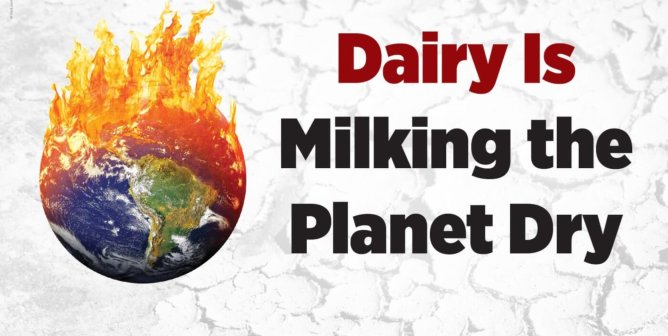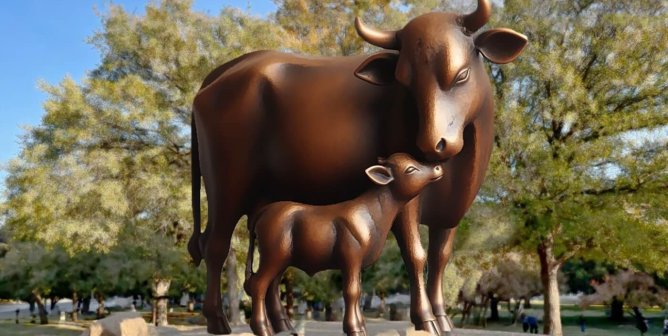Meat Is Murder—So Is Butter
Can you imagine feeling so superior that the butter you scrape across your morning toast seems worth artificially inseminating a cow, dragging her calf away from her while she watches helplessly, and (eventually) killing her?
The only acceptable answer is no.
Cows are killed for the milk that’s used to make butter. And their lives leading up to being slaughtered for low-grade meat—typically when they’re around 4 years old—are no picnic, either. These cows forced to live in a pool of their own feces and urine, for example, didn’t understand why you couldn’t have just opted for delicious vegan butter:
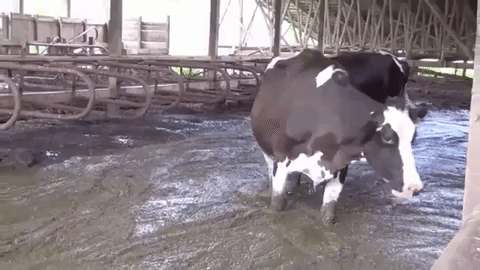
At a Pennsylvania Land O’Lakes supplier, cows who had trouble standing were kicked and electroshocked. This cow was hauled off to slaughter two days after this footage was captured there:
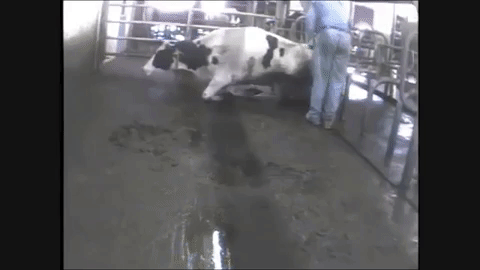
Cows—whose pregnancies, like those of human mothers-to-be, last roughly nine months—often suffer from postpartum complications. This cow, who the same Land O’Lakes supplier identified only as “number 95,” died within four days of giving birth:
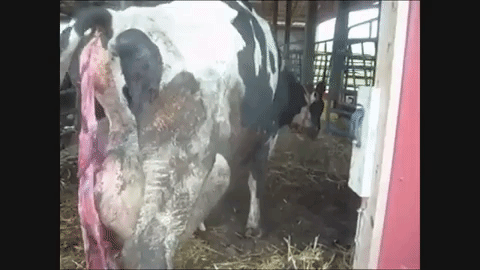
This cow (identified by dairy farmers only as “6”) bled from her nose, attracting flies, just so a human could steal her milk, perhaps to make butter:
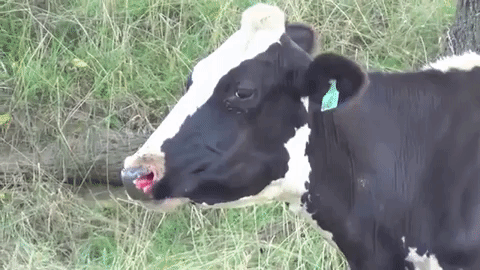
Shocking video footage from an organic goat farm proves that cows—who enjoy being petted and shown affection, just like the beloved dogs we share our homes with—aren’t the only ones abused and killed for milk and that shoppers can’t trust labels like “organic” on butter packages or other dairy “products.” At this farm, gentle goats—whose bleats have different accents, just like humans’ voices—were violently beaten:
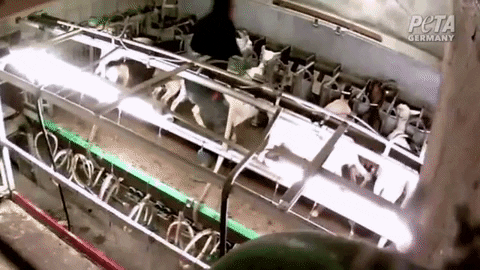
At Australia’s oldest and second-largest dairy cooperative, an eyewitness documented that one cow who died while trying to give birth was dumped with her unborn calf still inside her …
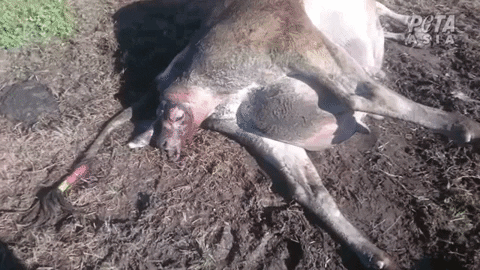
… and that another was still moving as she was dragged away, a tether fastened to a tractor choking her:
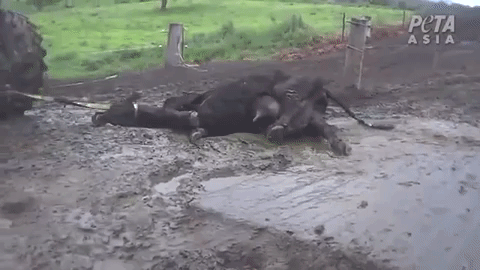
Whether these animals are used for butter or another cruel dairy “product,” their miserable lives end in one of two ways: They die either on the farm or during transport, or they’re violently killed at the slaughterhouse, where cows are often still conscious minutes after their throats have been slit.
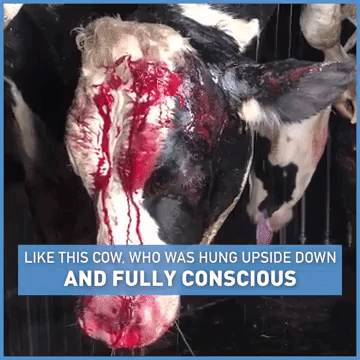
Butter, milk, cheese, beef, leather … cows and other animals aren’t just suffering for these “products,” they’re being killed for them. And since dairy butter is more than three times as damaging to the environment as vegan butter is—and because healthy vegan options are almost as widely available as their inferior dairy counterparts—there’s no excuse not to ditch butter now, before one more sentient being is killed.
Cows killed for butter don’t have time for vegetarianism, pescatarianism, flexitarianism, speciesism, or any other waste of time “ism”—just go vegan already.
We can’t wait for other dairy farms and companies to catch up with Elmhurst’s epic vegan evolution—as consumers, we have the power to spare animals excruciating pain by making better choices, including by buying vegan butter instead of butter a cow or goat was killed for. To learn more about making the switch, order a free vegan starter kit.


